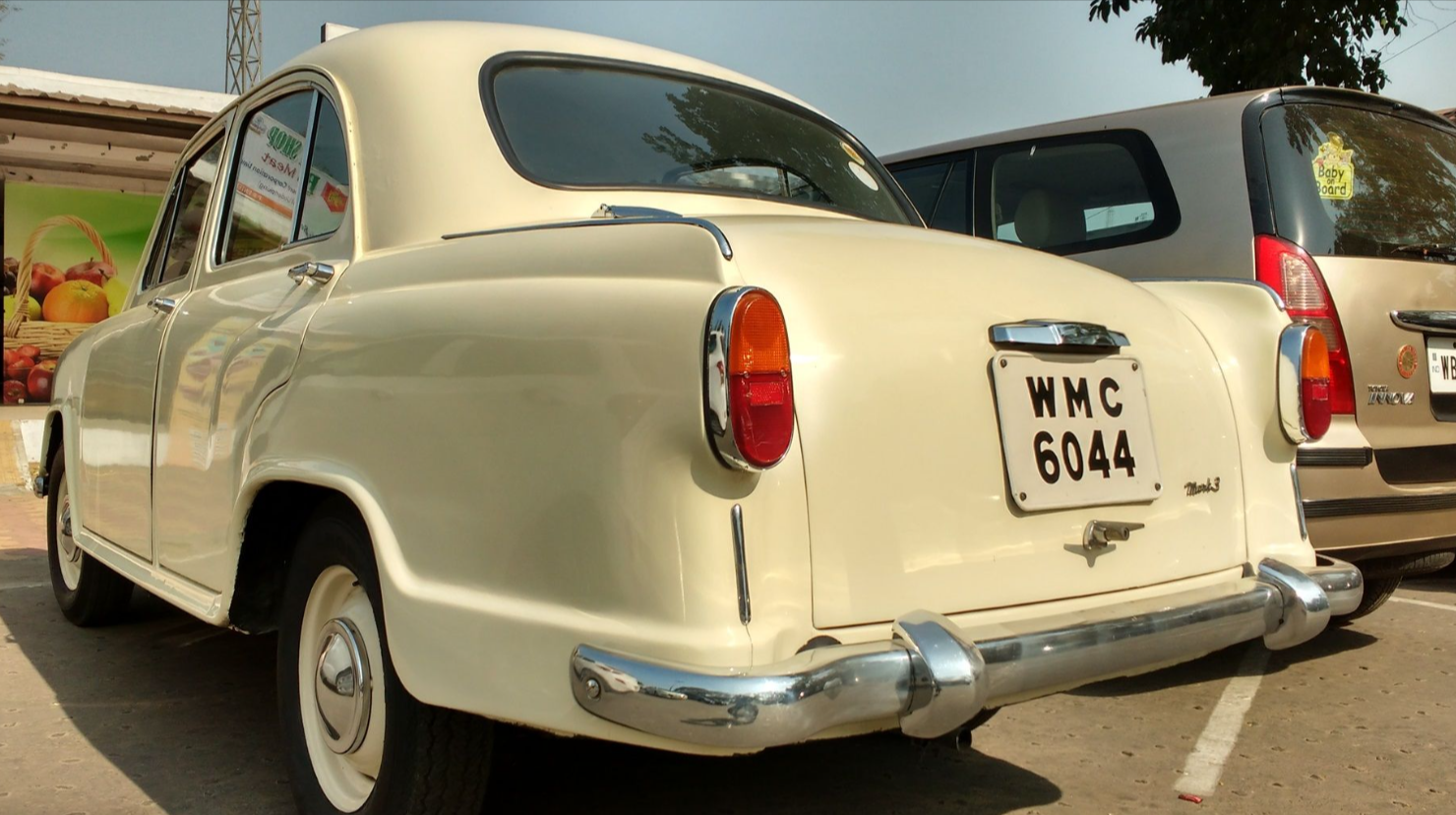The Hindustan Ambassador is one of the most iconic cars in India’s automotive history, representing an era when owning a car was not only a symbol of prestige but also a reflection of economic success. From its debut in 1958 until production ceased in 2014, the Ambassador became deeply embedded in Indian culture, serving as a reliable companion for families, businesses, and government officials alike. Its legacy goes far beyond mere transportation; it embodies the essence of durability, simplicity, and national pride.
A Design That Defined an Era
The Hindustan Ambassador’s design was simple yet distinctive. Its rounded silhouette and spacious interior became synonymous with Indian roads for over five decades. Based on the Morris Oxford series, the car’s design was adapted to suit the unique conditions of India. High ground clearance allowed it to navigate the country’s rough roads with ease, while its robust build quality made it suitable for a variety of terrains, from rural dirt roads to busy urban streets.
For Indian families, the Ambassador was a symbol of comfort. Its spacious cabin could easily accommodate large families, making long journeys or family trips a more comfortable affair. The trunk’s generous space was ideal for carrying luggage, while the minimalist interior focused on practicality over luxury—aligning perfectly with the Indian value of substance over style.
Simple Engineering That Endured
One of the greatest strengths of the Ambassador was its engineering simplicity. Designed with straightforward mechanical components and basic electrical systems, it was easy to maintain, even in remote areas of India where specialized repair shops were scarce. Local mechanics in small towns were well-versed in maintaining and repairing the Ambassador, allowing it to remain operational for many years.
The simplicity of the Ambassador’s engine design also meant that spare parts were readily available, and repairs could be carried out with minimal resources. This accessibility to parts and maintenance services helped the Ambassador maintain its longevity, as owners could easily keep the car running for decades without facing major issues.
The Ambassador’s Cultural Influence
The Hindustan Ambassador was more than just a car; it became a cultural icon. For middle-class Indian families, it was a status symbol, representing the aspiration of owning a vehicle when car ownership was a rare privilege. It signified success and social mobility in a country where owning a car was still a dream for many.
The Ambassador’s prominence was not limited to just the middle class; it became the car of choice for Indian politicians, government officials, and business leaders. The white Ambassador, in particular, became a symbol of authority and bureaucracy, often seen with government officials driving through Indian cities. This cultural association with power and respectability cemented the Ambassador’s place in the collective memory of India.
Reliability in the Face of Challenge
The Ambassador’s durability is perhaps one of its most admired traits. It became a trusted companion for Indian families, navigating the varied and often challenging climates of the subcontinent. Whether in the scorching heat of Rajasthan, the humid coastal regions, or the rugged terrain of the Himalayas, the Ambassador proved itself to be an adaptable and reliable vehicle.
The car’s robust construction helped it handle potholes, unpaved roads, and monsoon flooding—common challenges in India—without significant mechanical stress. This resilience built a strong sense of loyalty among its owners, who relied on it for everything from daily commutes to long-distance travels across the country.
Economic Impact on India’s Automotive Industry
The Ambassador also played a vital role in India’s post-independence automotive landscape. Produced by Hindustan Motors, it contributed significantly to the growth of India’s automotive manufacturing capabilities. Its long production run helped create thousands of jobs and spurred the development of a domestic automotive supply chain, laying the groundwork for India’s future in automobile manufacturing.
The Ambassador’s success demonstrated that Indian companies could manufacture complex products, instilling confidence in domestic industrial capabilities. It marked a critical milestone in India’s economic development, showcasing the ability of local industries to meet the demands of an emerging middle class.
A Community of Support
Another defining feature of the Ambassador was its extensive service network. The car’s popularity across India led to the development of a vast informal service network of local mechanics who specialized in maintaining and repairing the Ambassador. Even in remote areas, these mechanics had the skills and knowledge necessary to keep the Ambassador running.
This widespread knowledge-sharing among mechanics and owners created a community of support that kept these vehicles operational for decades. The simplicity of the car’s design made it easier to perform repairs with basic tools and readily available spare parts, further enhancing its longevity.
The Ambassador’s Legacy
Although production ended in 2014, the Hindustan Ambassador continues to hold a special place in Indian hearts. Many Indians who grew up with the car remember it fondly as a symbol of family, reliability, and pride. Today, well-maintained Ambassadors are often regarded as vintage cars, attracting collectors and automotive enthusiasts who appreciate their historical significance and enduring charm.
Restoration projects and vintage car rallies keep the Ambassador’s legacy alive, celebrating its contribution to Indian automotive heritage. The Ambassador’s influence on Indian consumer preferences endures, with modern buyers still valuing reliability, durability, and practicality in vehicles—qualities that were hallmarks of the Ambassador’s design and engineering.
A Timeless Symbol of Durability and National Pride
The Hindustan Ambassador is a reminder of a simpler era when cars were built to last and served families for generations. It exemplifies the principles of durability, reliability, and practical functionality that continue to define Indian consumer expectations in the automotive sector today. Even as newer, more advanced cars fill the Indian roads, the Ambassador remains an enduring symbol of India’s journey toward modernity, its legacy forever etched in the history of Indian automobiles.
FAQs
Why is the Hindustan Ambassador considered iconic?
The Ambassador is iconic due to its long production run, its widespread use across India, and its status as a cultural symbol of prestige and reliability.
What made the Ambassador suitable for Indian roads?
Its high ground clearance, robust build quality, and simple mechanical design made the Ambassador ideal for navigating the challenging and varied road conditions in India.
How did the Ambassador impact Indian automotive history?
The Ambassador helped establish India’s domestic automobile manufacturing capabilities and contributed to the development of a local automotive supply chain.
Is the Hindustan Ambassador still in production?
No, production of the Ambassador ceased in 2014, but it remains a beloved classic in Indian automotive culture.
Why do people still cherish the Ambassador?
Many people remember the Ambassador for its reliability, comfort, and cultural significance, with some seeing it as a nostalgic symbol of the past.




